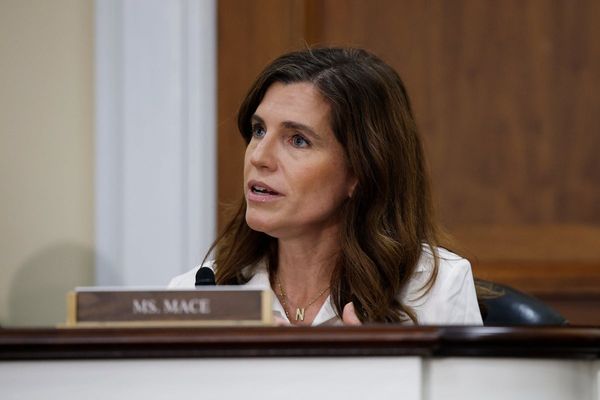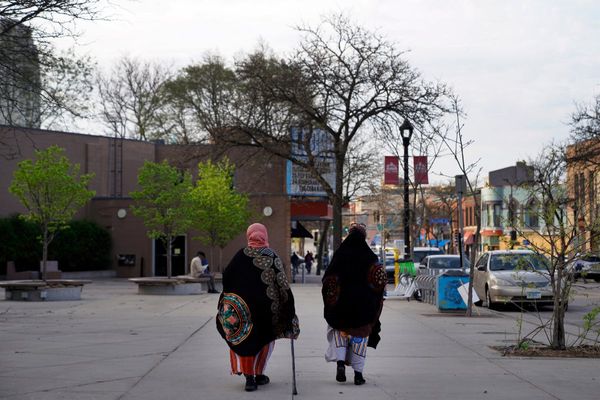
With energy bills on their way up again from April, homeowners are looking skywards to try and ease the pressure on their budgets – by installing solar panels.
The latest change to the regulator’s cap on default tariffs means, from spring, that the average annual dual-fuel bill will go up to £1,971, an increase of 54% on current levels.
And with homeowners increasingly working from home, and therefore using more energy during the day, many are looking at installing panels to cut costs, and even earn from the energy they generate.
Thomas Newby, chief executive of Leeds-based renewable energy company egg, says they received the same number of inquiries in the first nine days of this month as they did in the whole of November.
“Many consumers are still on fixed deals but which will likely come to an end shortly, so I expect we may see a further increase in demand in the coming year,” he says.
What it costs
Solar panels convert energy from the sun into electricity. Stronger sunlight creates more electricity, which can then either be used in your home or exported to the national grid.
But installing them comes at a cost. The average bill reaches almost £5,000 and rising labour bills and shortages of photovoltaic panels mean prices are going up.
Domestic systems are generally made up of between 10 and 15 panels, each of which generate between 200W and 350W of energy, according to the Energy Saving Trust, a charity promoting energy efficiency. The more panels on the roof, the higher the installation cost but also the potential for more energy.
The average price for an installation of a 3.5kW system is £4,800, including labour. This tends to be about 12 panels.
“This is the average size for domestic systems in the UK,” says Brian Horne, senior insight and analytics consultant at the Energy Saving Trust. “The amount you pay for installation will be influenced by the size of the system, and will also be affected by any difficulty with access to your roof.”
This price does not include the cost of a battery, which allows solar energy to be stored for use at a later time. They range between £1,200 and £6,000, according to GreenMatch, which compares green energy products.
Although prices for solar systems have come down over the last decade, the increased cost of labour as well as the shortage in panels from China recently, has sent costs on the way back up, says Newby. “That’s as a result of some increase in material prices but, more generally, it is labour. That’s a big part of the job.”
Planning and permissions
The ideal roof for solar panels is south-facing. East- or west- facing roofs yield up to 20% less energy; north-facing ones are the least productive and deemed to be impractical in the UK.
For a 3.5kW system you need room for 15 to 20 sq metres of panels. The best results will be achieved from a roof angled at 30 degrees. Most UK roofs are between 30 and 45 degrees, according to consumer group Which?.
Solar panels are classed as permitted developments so in most cases will not require planning permission. However, if you live in a listed building or a conservation area, there may be restrictions. It is best to contact your local council to be absolutely clear.
When solar panels are to be installed, the company which brings electricity to your home – the Distribution Network Operator (DNO) – must be informed. The Energy Networks Association has an online tool which, by entering your postcode, will tell you which company operates in your area.
If a solar system is above a certain size, prior permission is needed from the DNO and can take up to three months to obtain, according to Newby. After the preparation for putting the system in place is complete, installing the panels can take one to two days.
Making money back
Under the Smart Export Guarantee (SEG), households can get paid for electricity that they do not use which is exported back to the grid. You can shop around to get the best price for the energy you are creating.
The trade association Solar Energy UK lists the best rates for homes feeding back into the grid. Tesla’s Energy Plan tops its table, paying 12p per kWh, although it requires you to have one of its own Powerwall batteries installed. Octopus energy pays 7.5p per kWh.
The savings on your bills, and how long it will take to recoup the money invested, vary depending on where a home is, whether electricity is sold back to the grid and how much energy you use.
In London, a property where residents are at home all day and selling energy back to the grid can make savings of £385 a year, according to the Energy Saving Trust. The same home where residents are out until after 6pm and don’t feed electricity into the grid would save £120.
In Stirling, Scotland, a home occupied for the day and feeding back saves £340 while the same house empty and not feeding in saves £110.
The Energy Saving Trust says there has been little research on how solar panels affect the value of a property, but says those with better energy performance sell for more.
“It seems likely their impact on house prices will increase following recent energy price rises and the associated focus on ways to reduce energy requirements and switch to renewable energy,” says Horne.
A report from Solar Energy UK found homes with solar panels can increase in value by £1,800, following an analysis of property sales.
The Microgeneration Certification Scheme (MCS) certifies products and installations used to produce electricity and heat from renewable sources, and should be used as a first stop to find accredited installers near you, says Horne. As costs vary, it is best to get three quotes before committing.







